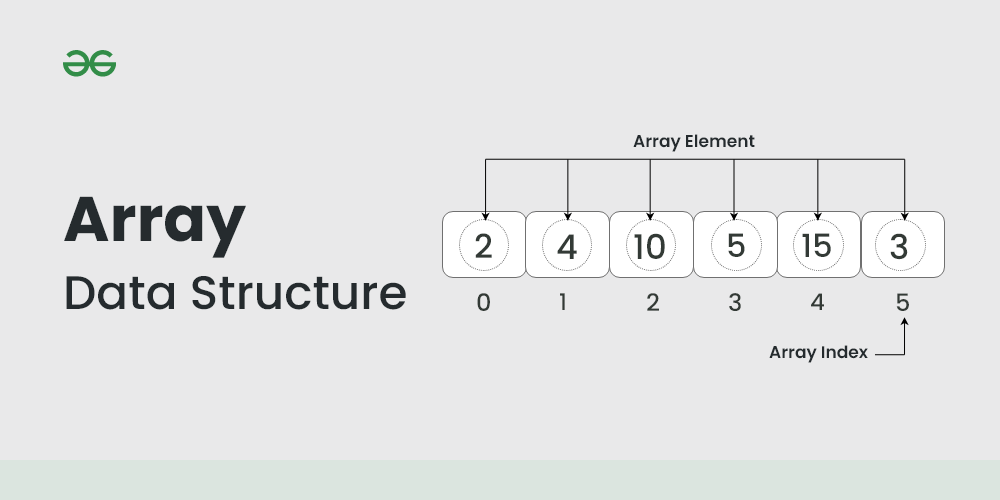
Mastering the Power of Arrays: A Deep Dive into Fundamental Data Structures.
Arrays are one of the most fundamental and versatile data structures in computer programming. They provide a way to store and manage collections of related data elements efficiently, enabling programmers to work with structured data and implement a wide range of algorithms.
An array is a fundamental data structure used in programming to store and organize a collection of elements of the same data type. These elements are stored in contiguous memory locations, allowing for efficient access and manipulation of the data. Each element in an array is identified by its index, which is a numeric value representing the element's position within the array.
Arrays can be of various dimensions:
One-dimensional array: A linear collection of elements. Each element is accessed using a single index.
Two-dimensional array: Also known as a matrix, this is a collection of elements arranged in rows and columns. Elements are accessed using two indices - one for the row and one for the column.
Multi-dimensional array: Arrays with more than two dimensions, such as three-dimensional or four-dimensional arrays, can be used to represent more complex data structures, like cubes or tensors.
Arrays are widely used for various purposes, including:
- Storing lists of data, such as numbers, characters, or objects.
- Representing matrices for mathematical operations.
- Implementing data structures like stacks, queues, and heaps.
- Working with images and other multi-dimensional data.
- Optimizing memory usage and improving performance in algorithms.
Example in python
myArray = [10, 20, 30, 40, 50]
Advantages of Arrays
1:In an array the accessing an elements is very easy by using the index number.
2:The search process can be applied to an array easily.
3:2D Array is used to represent matrices.
4:For any reason a user wishes to store multiple values of similar type then the Array can be used and utilized efficiently.
Common Array Problems
- Finding Maximum and Minimum
- Explain how to identify the largest and smallest elements in an array.
- Sum and Average
- Detail methods to calculate the sum and average of array elements.
- Duplicate Detection
- Address techniques for detecting and handling duplicate elements in arrays.
Software Engineer || Section Leader at Code In Place Stanford || Hackmaker Hackathon Winner || Python
8moSounds like a fantastic article! Arrays are indeed powerful tools in programming, allowing us to organize and manipulate data efficiently. Good work, Keep it up
Software Engineer intern at Etihad Airways | 2x Section leader at Code in Place Stanford | Top Team led @ Harvard CS50x | Amadeus Hackathon winner | Hackathon Organizer
9moWell written Umar Ijaz You have clearly elaborated Arrays.
Engineering Leader, Founder, Architect, Hands-on Delivery, Green ML
9moVery nicely articulated article! Umar Ijaz
Passionate Freelance Graphic Designer | Transforming Ideas into Visually Striking Designs | Expert in Adobe Creative Suite
9moGreat article! Arrays are indeed powerful tools in programming. Thank you Zafar Shahid for sharing your knowledge and expertise.